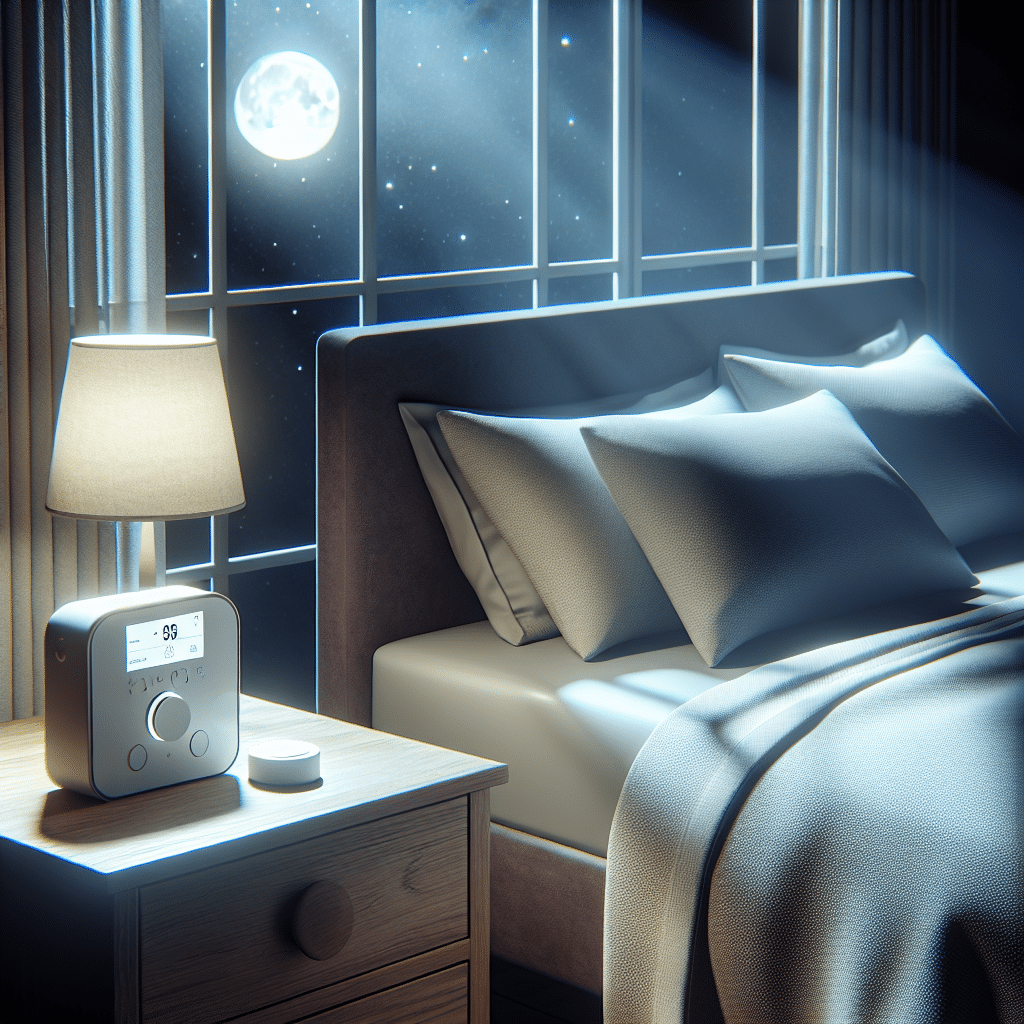Understanding Sleep Apnea
Sleep apnea is a common disorder characterized by repeated interruptions in breathing during sleep. Those afflicted often experience excessive daytime sleepiness, fatigue, and a range of other health complications. The most prevalent type is obstructive sleep apnea (OSA), where the throat muscles intermittently relax and block the airway. Other types include central sleep apnea and complex sleep apnea syndrome. For many, managing sleep apnea effectively involves a combination of lifestyle changes and the use of various sleep apnea devices.
Continuous Positive Airway Pressure (CPAP) Machines
One of the leading devices for managing sleep apnea is the Continuous Positive Airway Pressure (CPAP) machine. CPAP therapy is considered the gold standard treatment for moderate to severe OSA. The device works by delivering a steady stream of air through a mask, keeping the airways open during sleep.
Key Features of CPAP Machines
-
Air Pressure Settings: Most CPAP machines have adjustable pressure settings to accommodate different patients’ needs. They utilize a ramp feature to gradually increase air pressure, providing comfort upon initiation of therapy.
-
Humidification: Many CPAP devices feature built-in humidifiers. This helps prevent dry mouth and nasal congestion, which can be common with machine use.
-
Data Monitoring: Modern CPAP machines come equipped with data tracking capabilities. Users can monitor their usage patterns, apnea episodes, and overall adherence through connected applications or integrated displays.
-
Types of Masks: CPAP therapy includes various mask options, such as full-face masks, nasal masks, and nasal pillows, allowing users to choose what best suits their comfort and sleep style.
Auto-CPAP (APAP) Machines
Auto-CPAP, or Automatic Positive Airway Pressure machines, offer a more sophisticated alternative to traditional CPAP devices. These machines automatically adjust the pressure throughout the night based on the user’s breathing patterns.
Advantages of Auto-CPAP
-
Customized Airflow: Unlike standard CPAP machines that deliver a constant pressure, Auto-CPAP adjusts to changes in airflow, providing personalized treatment.
-
Comfortable Adjustments: Patients often find APAP devices more comfortable because the pressure fluctuates between minimum and maximum settings, aligning with the user’s specific breathing needs at any given moment.
-
Less Clutter: For patients who experience pressure discomfort, Auto-CPAP can help reduce the overall pressure, leading to improved adherence to therapy.
Bi-Level Positive Airway Pressure (BiPAP) Machines
BiPAP machines offer an alternative device for those who find CPAP therapy inadequate or uncomfortable. BiPAP systems deliver two levels of pressure: a higher pressure when inhaling and a lower pressure when exhaling.
Why Choose BiPAP?
-
Easier Exhalation: The reduction of pressure during exhalation makes it easier for patients to breathe out, resulting in a more natural breathing rhythm.
-
Support for Complex Cases: BiPAP machines are especially beneficial for patients with more complicated respiratory conditions, including individuals with COPD or those requiring additional support.
-
Adjustable Settings: Many BiPAP units allow healthcare providers to fine-tune pressure settings to suit individual needs, enhancing comfort and effectiveness.
Oral Appliances
Oral appliances are dental devices designed specifically to reposition the tongue and jaw during sleep, minimizing airway obstruction. They are often recommended for patients with mild to moderate sleep apnea or for those who cannot tolerate CPAP therapy.
Benefits of Oral Appliances
-
Comfort and Convenience: Oral appliances are typically small and easy to transport, making them a convenient option for travelers.
-
Less Invasive: Compared to surgery or CPAP, oral appliances offer a non-invasive solution that is often perceived as more comfortable for wearers.
-
Custom-Fitted: Many oral appliances are custom-made by dental professionals, ensuring a better fit and greater effectiveness.
Positional Therapy Devices
Some individuals only experience sleep apnea while sleeping on their back. Positional therapy involves using devices to encourage side sleeping, which can alleviate symptoms.
Types of Positional Therapy Devices
-
Wedge Pillows: These specially designed pillows elevate the upper body, making it less likely that the user will obstruct their airway during the night.
-
Vests or Belts: These wearable devices prevent rolling onto the back while sleeping, effectively promoting lateral sleeping positions.
Other Lifestyle Devices
-
Nasal Decongestants: Nasal strips and saline sprays can improve airflow for individuals suffering from nasal congestion, making it easier to breathe at night.
-
Smart Sleep Monitors: Devices like sleep trackers can provide insights into sleep patterns and disturbances, helping users to better understand their apnea episodes.
Lifestyle Changes
While devices play a crucial role in managing sleep apnea, lifestyle changes can significantly improve treatment effectiveness. Factors such as weight loss, avoiding alcohol and sedatives, and adhering to sleep hygiene practices enhance the results achieved through device use.
Conclusion
Managing sleep apnea requires a proactive approach, combining the right devices with lifestyle modifications. While CPAP remains a cornerstone of treatment, alternatives like Auto-CPAP, BiPAP, oral appliances, and positional therapy can cater to diverse needs. With technological advancements and an emphasis on patient comfort, those affected by sleep apnea can achieve better sleep and improved overall health.
